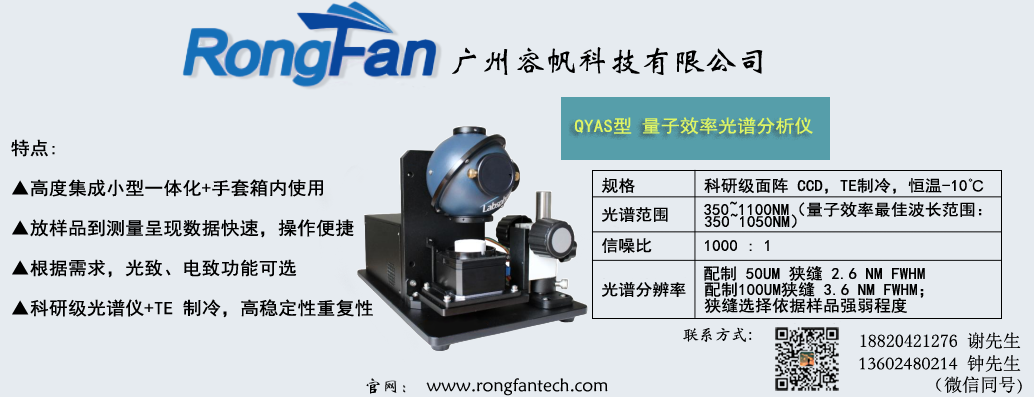
Source: Qiguang Rare Earth
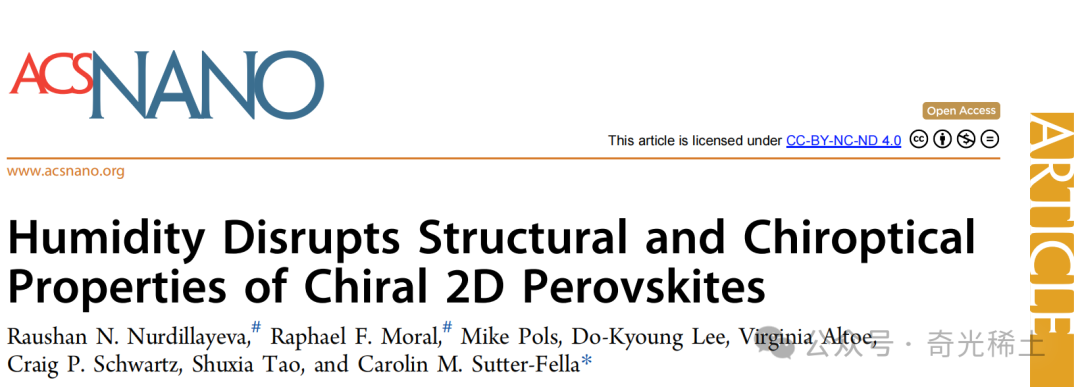 Affiliations
Affiliations
1. Lawrence Berkeley National Laboratory, USA
2. Turkish University, Kazakhstan
3. University of Nevada, USA
4. Eindhoven University of Technology, Netherlands
Journal: ACS Nano
DOI: 10.1021/acsnano.5c00480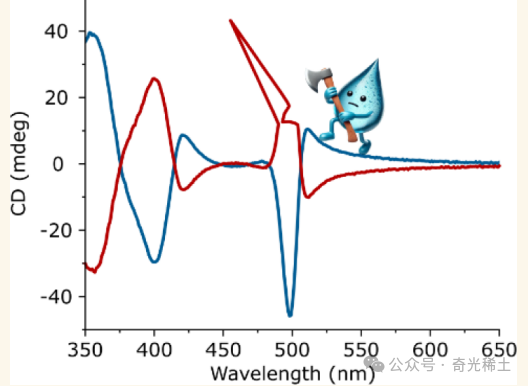 Research Background Two-dimensional (2D) chiral organic-inorganic hybrid metal halide perovskites (MHPs) exhibit great potential in spintronics and chiral optoelectronics due to their unique quantum confinement effects, tunable bandgaps, and chiral optical activity. However, the structural stability of these materials in humid environments and their impact on chiral optical properties remain unclear. Previous studies have indicated that the steric hindrance effect of chiral organic cations (such as α-methylbenzylammonium, MBA) may lead to inherent structural instability, but a systematic study on how humidity exacerbates phase transitions and weakens chiral optical responses through molecular interactions is still lacking. Abstract This study reveals the significant impact of humidity on the structure and chiral optical properties of chiral two-dimensional perovskites (R-/S-/rac-MBAPI). Experiments show that under humidity exposure, the 2D perovskite phase degrades into 1D (MBA)PbI₃ and (MBA)₃PbI₅-H₂O hydrate phases, accompanied by a reduction in circular dichroism (CD) signals to the point of disappearance. Combining density functional theory (DFT), it is found that water molecules preferentially adsorb at the interface between organic cations and the inorganic framework, weakening structural chirality by disrupting N-H···I hydrogen bonds, thereby reducing material stability. Grazing incidence wide-angle X-ray scattering (GIWAXS) analysis indicates that degradation initiates at the material/substrate interface and grain boundaries, rather than the film surface. The hydrate phase can be reversibly restored through annealing, while the 1D phase is irreversibly lost due to the volatilization of organic amines.This study systematically elucidates the correlation mechanism between humidity-induced phase transitions in chiral perovskites and the degradation of chiral optical activity. Research Methods and Innovations 1. Reveals the molecular mechanism by which humidity induces phase transitions in chiral 2D perovskites through interface hydrogen bond disruption, clarifying the key role of water molecule adsorption.2. Through GIWAXS in-depth analysis, it is proposed that degradation begins at internal interfaces of the material rather than the surface.
Research Background Two-dimensional (2D) chiral organic-inorganic hybrid metal halide perovskites (MHPs) exhibit great potential in spintronics and chiral optoelectronics due to their unique quantum confinement effects, tunable bandgaps, and chiral optical activity. However, the structural stability of these materials in humid environments and their impact on chiral optical properties remain unclear. Previous studies have indicated that the steric hindrance effect of chiral organic cations (such as α-methylbenzylammonium, MBA) may lead to inherent structural instability, but a systematic study on how humidity exacerbates phase transitions and weakens chiral optical responses through molecular interactions is still lacking. Abstract This study reveals the significant impact of humidity on the structure and chiral optical properties of chiral two-dimensional perovskites (R-/S-/rac-MBAPI). Experiments show that under humidity exposure, the 2D perovskite phase degrades into 1D (MBA)PbI₃ and (MBA)₃PbI₅-H₂O hydrate phases, accompanied by a reduction in circular dichroism (CD) signals to the point of disappearance. Combining density functional theory (DFT), it is found that water molecules preferentially adsorb at the interface between organic cations and the inorganic framework, weakening structural chirality by disrupting N-H···I hydrogen bonds, thereby reducing material stability. Grazing incidence wide-angle X-ray scattering (GIWAXS) analysis indicates that degradation initiates at the material/substrate interface and grain boundaries, rather than the film surface. The hydrate phase can be reversibly restored through annealing, while the 1D phase is irreversibly lost due to the volatilization of organic amines.This study systematically elucidates the correlation mechanism between humidity-induced phase transitions in chiral perovskites and the degradation of chiral optical activity. Research Methods and Innovations 1. Reveals the molecular mechanism by which humidity induces phase transitions in chiral 2D perovskites through interface hydrogen bond disruption, clarifying the key role of water molecule adsorption.2. Through GIWAXS in-depth analysis, it is proposed that degradation begins at internal interfaces of the material rather than the surface.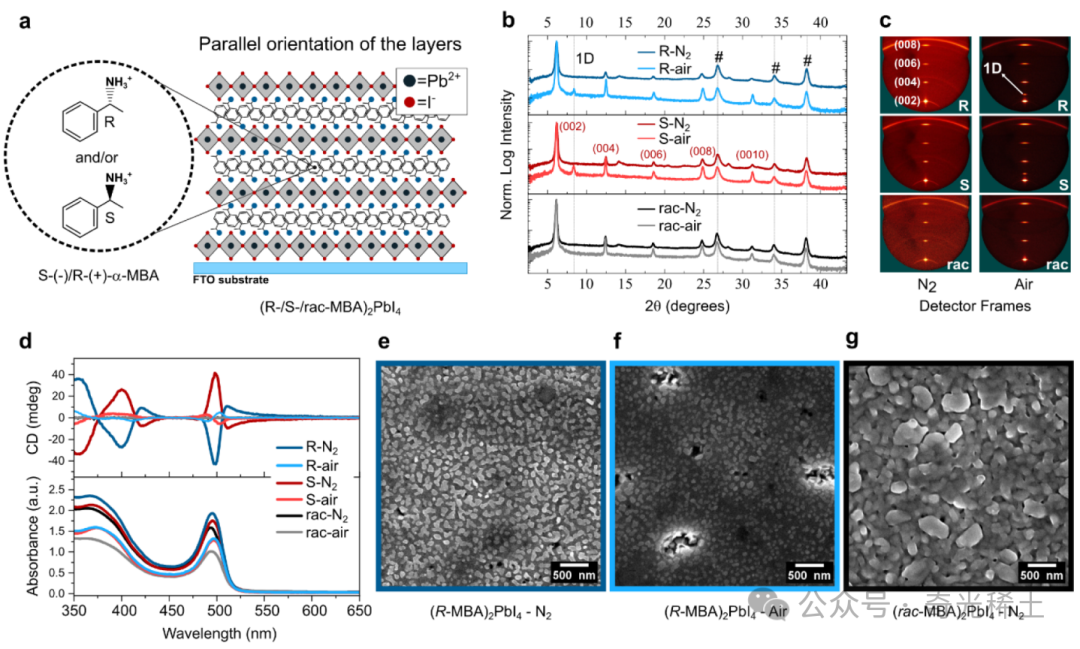 Figure 1: Structure and optical properties of R-/S-/rac-MBAPI films prepared under different environments
Figure 1: Structure and optical properties of R-/S-/rac-MBAPI films prepared under different environments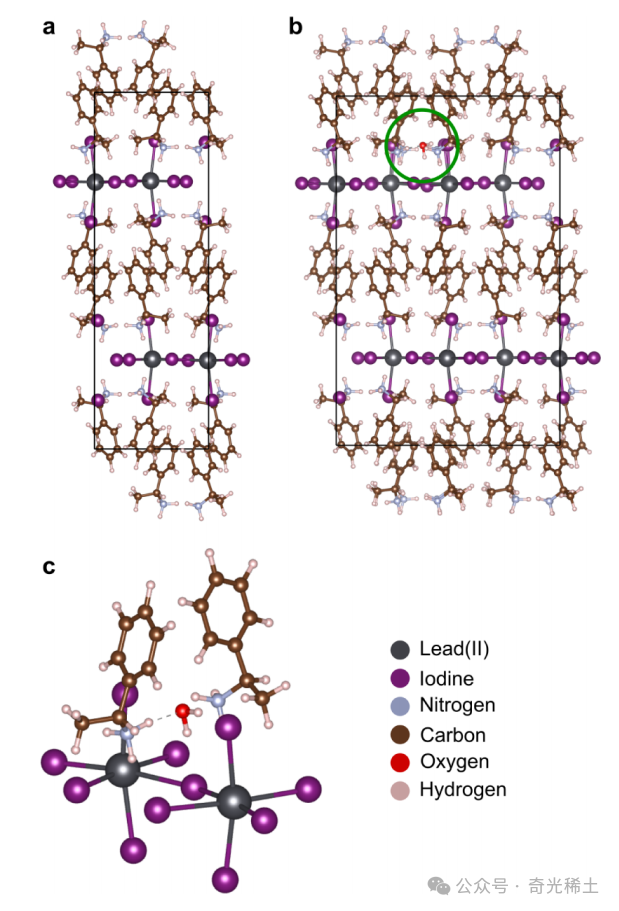 Figure 2: Effect of water molecule adsorption on the structure of chiral 2D perovskites
Figure 2: Effect of water molecule adsorption on the structure of chiral 2D perovskites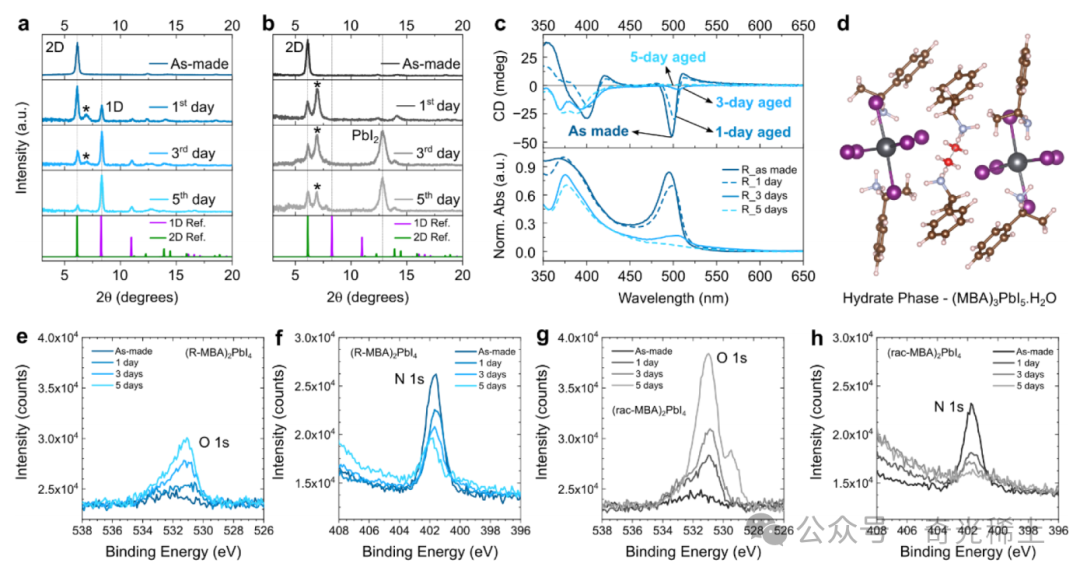 Figure 3: Changes in structure and optical properties of R-MBAPI and rac-MBAPI under humidity exposure
Figure 3: Changes in structure and optical properties of R-MBAPI and rac-MBAPI under humidity exposure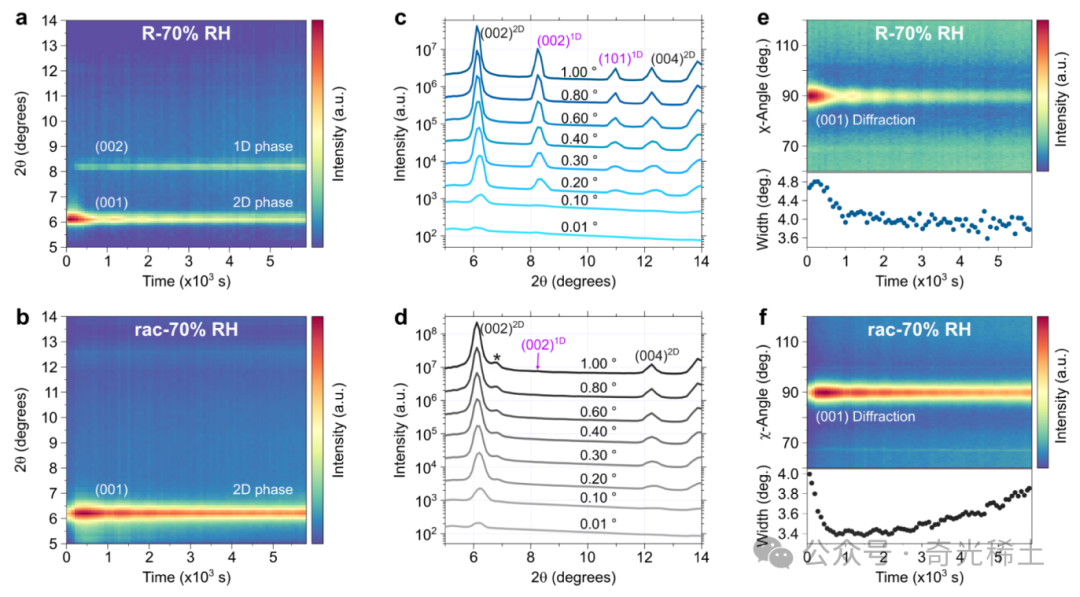 Figure 4: GIWAXS analysis of R-MBAPI and rac-MBAPI films under humidity exposureOriginal Link:https://doi.org/10.1021/acsnano.5c00480
Figure 4: GIWAXS analysis of R-MBAPI and rac-MBAPI films under humidity exposureOriginal Link:https://doi.org/10.1021/acsnano.5c00480